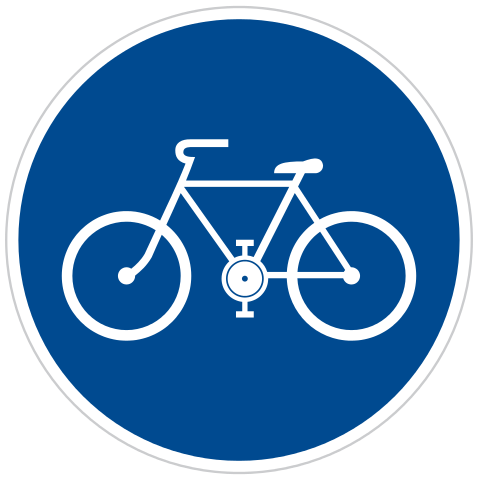So I have “new” bike (subjectively) about 9 months. And I spent about 2000 € on it (bike, and some accessories - rack, bags…) and I can tell that it is lot of bike for not that much money.
So now when I look back I can’t see it as “expensive” bike, just as reasonably priced for its purpose. I use it every day to commute and as bikepacking/touring bike so now it has ~6000 km.
So how much are you willing to spend on bike?
Edit: So I read your comments and I probably need to clarify little bit.
- I use the bike for everything instead of car so even nicer more expensive bike for me is justifiable.
- I also think that the bike industry is bonkers right now about shiny new expensive things.
- For me there is few types of riders and all parties try to upsell them some shit, there aren’t any 500€ bike with flat bars and rigid fork where I am. All of the bikes at this price point have shitty suntour fork, bad saddle, useless pedals and shitty tires. From my perspective they are expensive on the parts that don’t matter and cheap out on stuff that matters. If someone sell something like that (flat bar gravel with quality parts where it matters) it would be gamechanger.
- I had to build my bike, nothing like that (full steel gravel/bikepacking/do it all bike) wasn’t on the market/second hand market. It add to the price a bit. And it was about month before the prices get down to reasonable levels after pandemic.


There’s a price point where bikes ship cheap Shimano/Tektro/TRP hydraulic disc brake and a basic Shimano Alivio/Cues group set on an aluminum frame. Below that things are significantly worse in form, function and durability. I think this is somewhere between $600-$1000 these days. I wouldn’t buy anything below it.
Above that the diminishing returns curve begins diminishing but it hasn’t diminished yet. Next up you get to 105/SLX, and air suspension. Then returns really start diminishing. Personally I would pay for 105/SLX on a pre-built without hesitation. I don’t ride suspension but if I did, I’d get an air fork for the adjustability and weight. With all that said, Cues kinda makes 105/SLX a bit less desirable. If I were equipping a new bike today I might use Cues and spend the remainder on other things like tires and brakes.
Speaking of weight, weight is worth paying for if you’re going to be carrying the bike. Bikes starting in the $600-$1000 price band are already easy to carry. Going a bit above shaves off another kilogram or two.
Lighter wheels are something that is worth spending money on. And I’m not talking about carbon wheels. Just good, light inexpensive aluminum wheels from Shimano, DT Swiss, Mavic or even some AlexRims coupled with light tires. The difference in feel while accelerating is quite significant. Many bikes in the $600-1000 segment already come with good enough wheels in this regard. They sometimes need lighter tires.
You will not catch me paying for carbon frames! Carbon is too difficult to live with. You have to be careful with keeping it’s surface intact. You have to avoid dings. You have to examine it after every cash for cracks, which you can’t effectively do without ultrasound… Aluminum for light, steel for heavier loads. I do ride carbon forks though. They’re much easier to replace when needed.
Disagree on carbon. Unless you’re in a pretty gnarly crash, the odds that you’re going to break the frame are quite low (unless you’re talking about some of the ridiculously expensive frames that have disclaimers about not being suitable for riders over 160#). Carbon has the benefit of being entirely immune to corrosion of any kind, although the resins can, eventually, weaken from UV exposure. I would not suggest steel at all; it’s entirely too easy for the frame to start rusting. That’s a real problem for something that you commute with, and even worse if you live in an area where they salt the roads. Aluminum should be great for most people. Be warned though - aluminum can rot out via galvanic corrosion if you ride on salted roads in the winter and there’s another metal (brass, steel) in contact with the aluminum; I lost a few wheels that way. If you really love the way that steel feels, but don’t want to worry about rusting, and you have very deep pockets, consider titanium. Titanium is also very resistant to corrosion.
For something that you’re going to ride every single day, $2000 US seems about right. My last bike was about $1700 as a model-year closeout, about a decade ago, and was in the 18# range. Coming from a 26# 29er that I’d set up for road use, it felt fantastically quick and nimble.
I think that even cheaper group sets from shimano are pretty solid. What puts me off these cheaper bikes are cheap tires, wheels, saddle, pedals, grips.
The little things that add up, why when you buy bike you have to change tires in few months because they get bad, why your grips got sticky in few weeks, why you always have saddle soars…
I even consider upgrading to cues when they release road leavers.